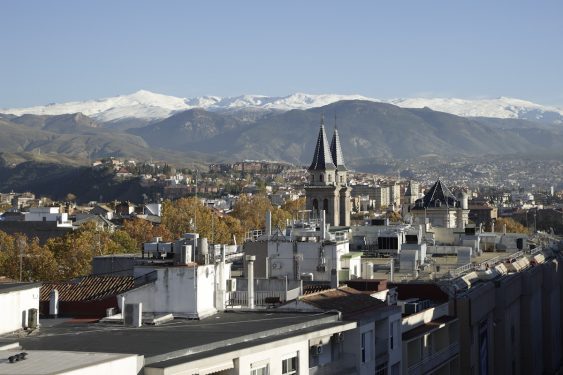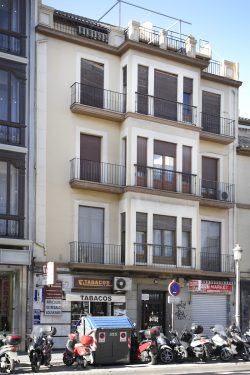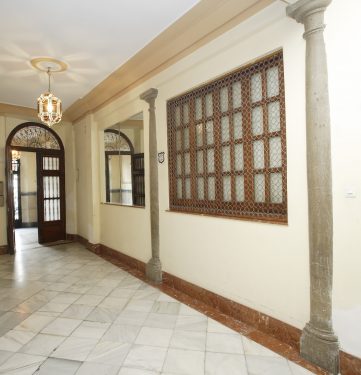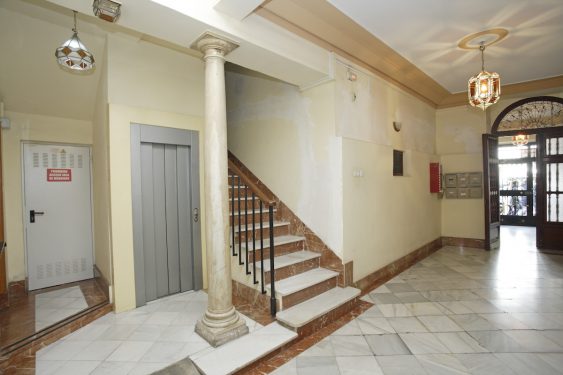The first home of the Lorca family in Granada (1908-1916). The youngest child, Isabel, was born there. The block, private, is new, although it preserves vestiges of the original.
The first home of the Lorca family in Granada is located at the current number 50 Acera del Darro. Although the building has undergone numerous transformations, it still retains traces of the house where the family moved from Valderrubio in 1908 and where they remained until 1917. There Isabel García Lorca was born and Federico spent part of his adolescence.
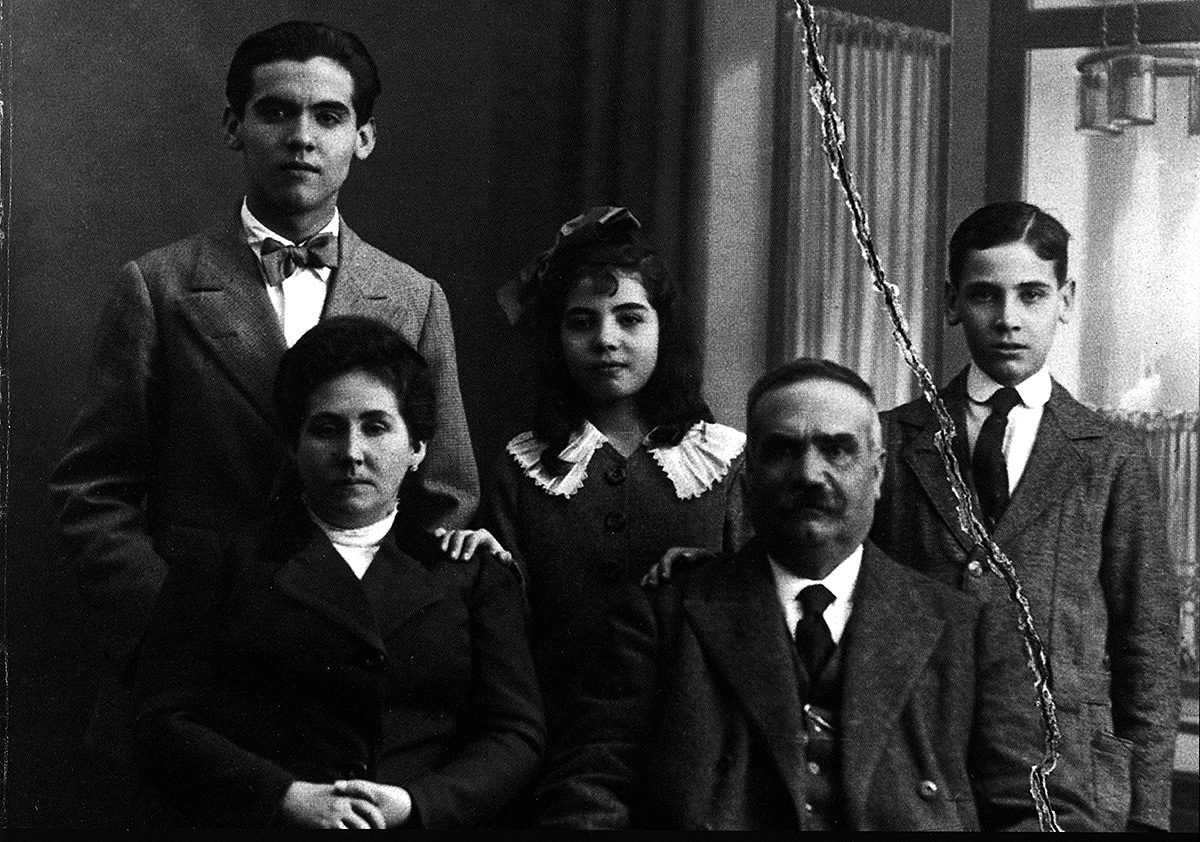
Until July 2017 the property was located by mistake in different guides in the estate number 46, occupied by the Montecarlo hotel, already demolished. According to a report of the Ministry of Culture, the examination of the census and a visit to the house still shows “in a certain way, half-hidden on the first floor, elements that appear in the literary description of Isabel García Lorca“.
Federico García Lorca lived there during the eight years of his high school studies
The house, very spacious and open to the Darro River, not yet arched, had a garden and two floors, according to Isabel’s description. “Our house had a wide doorway. At the entrance was the courtyard with its pillar and granite columns (…). At the front was the garden gate, a large overhanging fence. At the entrance, on the right, there was a low room that was used to store the carpets in summer (…). To the right was the staircase leading to the second floor”.
On the second floor were the bedrooms: that of father and mother and “the girls”, or rather the sisters Concha and Isabel. On the other side, that of brothers Federico and Francisco. In addition, there was another room occupied by Isabel, the only unmarried sister of Don Federico.
Federico García Lorca lived there during the eight years of his high school studies, which he prepared between the Sagrado Corazón School and the General Technical Institute, where he took his exams.
The family did not feel the break with the countryside, which was largely due to the constant visit of relatives from the Vega and the occasional transfers that they organized after the Corpus Christi festivities to the estates of Don Federico in Valderrubio (then known as Asquerosa) (Disgusting) coinciding with the beginning of the agricultural work.
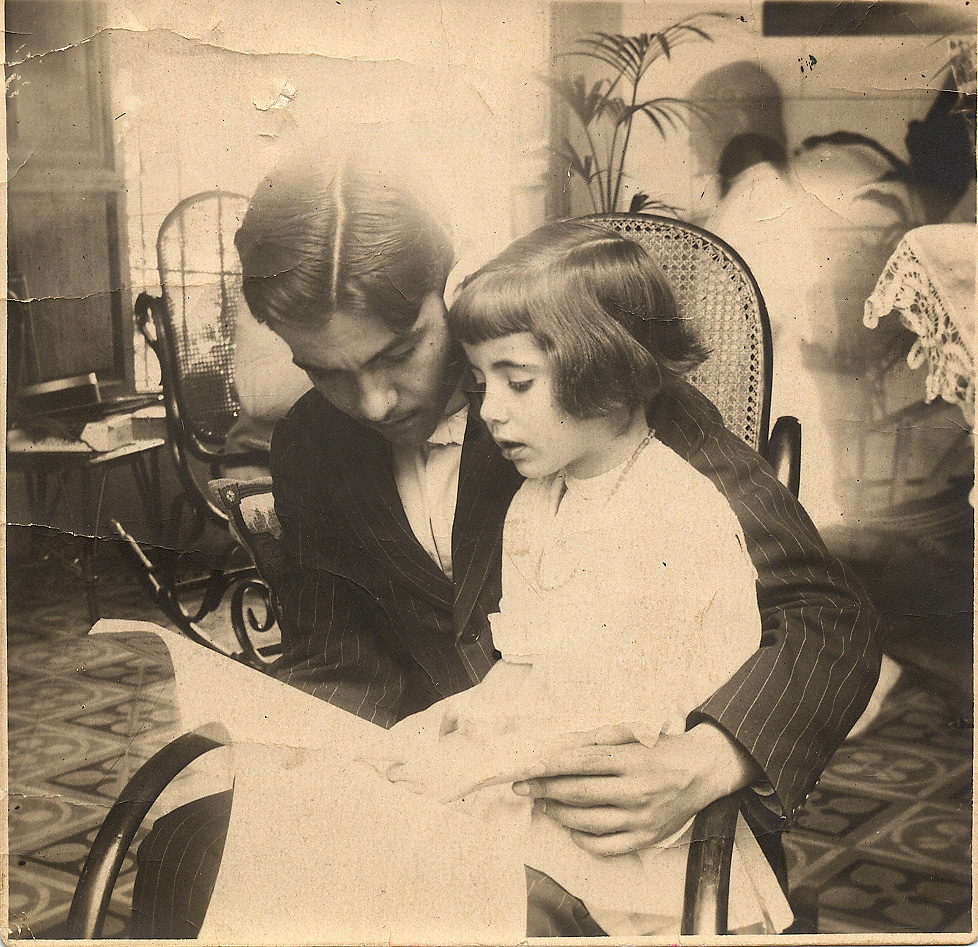
Some remote memories of events lived in the house reappeared many years later in poems such as 1910 (Intermission), included in Poet in New York.
On the upper floor of the house a room gave access to the bedrooms. There Federico composed his peculiar masses and led his prayers. His brother Francisco recalls those scenes of a naive faith in which “Federico demanded the sharpest attention from his audience” particularly in the sermons in which he imitated Father Arcoya, a very popular priest later linked to Franco’s cause after the Civil War.
The house was the siblings’ playground. Isabel remembers it as a big toy. “When I was a child it was impossible to be bored in that house,” she reminisces. Francisco and Federico used to play The Pearl Castle by Villaespesa, a very popular play at the time.
During his first stay in the capital, Federico became imbued with the Granada landscapes with which he later composed part of his youthful writings and the prose of Impressions and Landscapes, his first book appearing in 1918 in the printing house of Paulino Ventura Traveset and financed by his father. Texts such as Fantasía Simbólica, in which he speaks of the sleeping city “and caressed by the music of its romantic rivers”, come from the youthful emotions felt on the Acera del Darro road. Just like the sensations and sounds described in the five compositions that make up Granada.
In Book of Poems (1921) he also poured the images and sensations he captured then, such as the compositions Minor Song or the Elegy for Doña Joanna the Mad.
“Aquellos ojos míos de mil novecientos diez [Those eyes of mine from 1910]/ no vieron enterrar a los muertos, [saw no dead man buried,] /ni la feria de ceniza del que llora por la madrugada, [no ashen fairs of mourners at dawn,]/ ni el corazón que tiembla arrinconado como un caballito de mar. [no heart quivering in its corner like a sea horse.]/ Aquellos ojos míos de mil novecientos diez [Those eyes of mine from 1910] / vieron la blanca pared donde orinaban las niñas, [saw only the pale wall where the girls tinkled,] / el hocico del toro, la seta venenosa y una luna incomprensible que iluminaba por los rincones [the snout of the bull, the poisonous mushroom,
and the incomprehensible moon that illuminated dried lemon rinds]/ los pedazos de limón seco bajo el negro duro de las botellas. [under the hard black bottles in the corners.] / Aquellos ojos míos en el cuello de la jaca, [Those eyes of mine on the neck of the pony,] / en el seno traspasado de Santa Rosa dormida, [on the pierced breast of the sleeping Saint Rosa,] / en los tejados del amor, con gemidos y frescas manos, [on the tiled rooftops of love, with moans and fresh hands,] / en un jardín donde los gatos se comían a las ranas. [on a garden where cats ate the frogs.] / Desván donde el polvo viejo congrega estatuas y musgos, Attic where the ancient dust congregates statues and mosses,] / cajas que guardan silencio de cangrejos devorados [boxes that keep the silence of devoured crabs/ en el sitio donde el sueño tropezaba con su realidad. [in the place where the dream squabbled with its reality.] / Allí mis pequeños ojos. [My small eyes are there.]/ No preguntarme nada. [Don’t ask me any questions.] He visto que las cosas [I have seen how things]/ cuando buscan su curso encuentran su vacío. [that seek their way find the void instead.] / Hay un dolor de huecos por el aire sin gente [There are spaces that ache in the uninhabited air] / y en mis ojos criaturas vestidas ¡sin desnudo! [and in my eyes only children dressed without their nakedness!]”
“Granada era tu lecho de muerte, doña Juana [Granada was your deathbed, Doña Joanna] / los cipreses, tus cirios; la sierra, tu retablo. [the cypresses, your candles; the mountains, your altarpiece] / Un retablo de nieve que mitigue tus ansias, [A snowy altarpiece to mitigate your anxieties], / ¡con el agua que pasa junto a ti! La del Darro! [with the water that passes by you! That of the Darro!] / Granada era tu lecho de muerte, doña Juana, [Granada was your deathbed, Doña Joanna,] / la de las torres viejas y el jardín callado, [that of the old towers and the quiet garden,] / la de la yedra muerta sobre los muros rojos, [that of the dead ivy on the red walls,] / la de la niebla azul y el arrayán romántico. [that of the blue mist and the romantic myrtle.]”
(Elegy for Doña Joanna the Mad. Book of Poems., 1921)- Isabel García Lorca. My Memories. Tustquets. Barcelona, 2004
- Francisco García Lorca. Federico and his World. Alianza Tres. Madrid, 1990.
- Ian Gibson. Federico García Lorca. Biography. Grijalbo, 1988.
- Lorca´s location
- Lorca’s family home in Acera del Darro
- current location
- Acera del Darro, 50
- ADDRESS
- Acera del Darro, 50
- DETAILS OF THE VISIT
Privately-owned building. It can only be seen from the outside.
